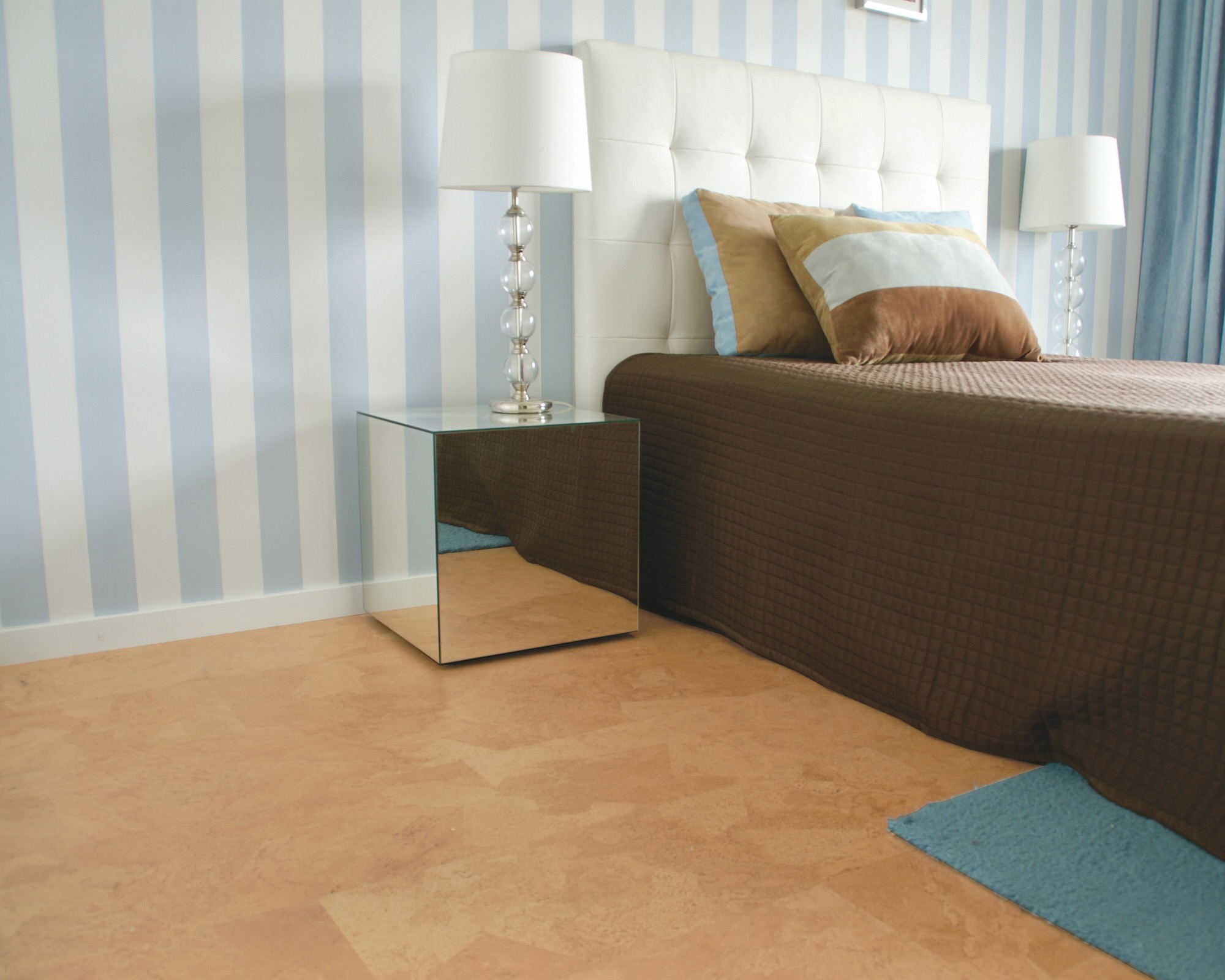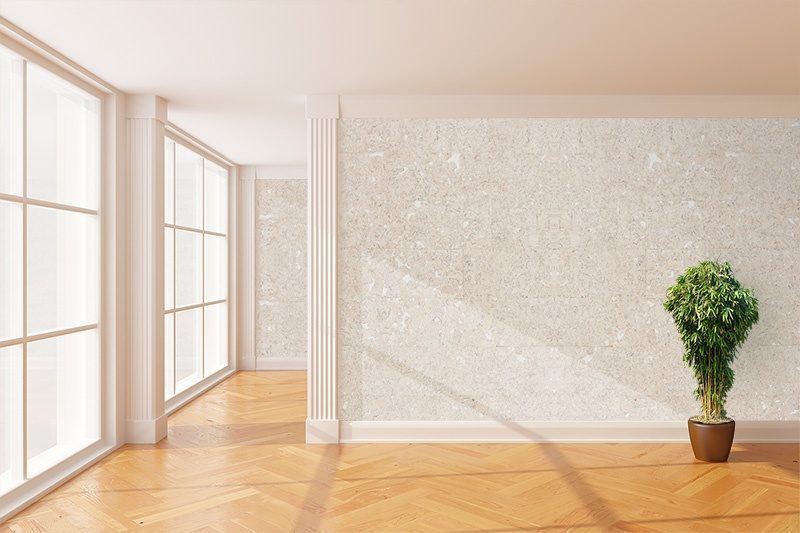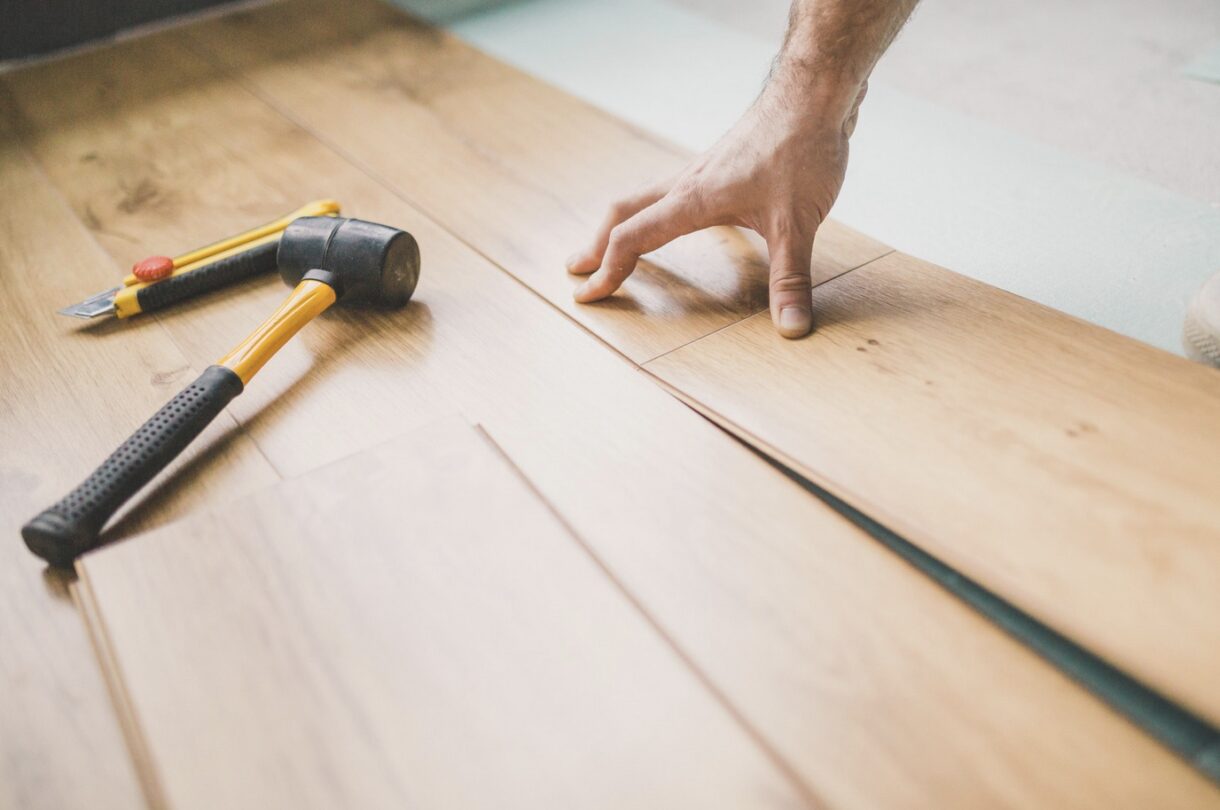Cork Flooring for Allergies – Reducing Allergens and Enhancing Comfort

Cork flooring is not only visually appealing and comfortable but also offers hypoallergenic properties, making it an excellent choice for individuals with allergies. If you suffer from allergies related to mold and mildew, cork flooring can significantly reduce your discomfort. This is due to the presence of suberin, a waxy substance found in cork that makes it resistant to moisture, mold, mildew, and mites. By opting for cork flooring, you can alleviate allergies while maintaining the beauty of your home.
Derived from the cork oak tree, cork is a natural material with a rich history spanning thousands of years. In today’s world, this versatile material is finding an array of applications, thanks to its remarkable properties. Cork is obtained from the outermost layer of the bark of cork oak trees, which primarily grow in the Mediterranean region. The cork is harvested when the tree reaches 20 years of age and subsequently every 9 years. On average, a cork oak tree can remain productive for approximately 150 years.

The composition of cork primarily consists of dead cells that accumulate on the outer bark of the cork oak tree. Its unique honeycomb-like structure contains a substantial amount of empty space, making cork one-fourth as dense as water. With irregularly shaped and spaced cells averaging 14 sides, cork resembles a multi-layered microscopic Bubble Wrap, providing effective cushioning. This large expanse of dead-air space also contributes to cork’s insulation properties, providing thermal and acoustic insulation. Moreover, cork is fire retardant, as it only chars on the surface when exposed to flames and does not generate toxic fumes. In addition to its flexibility, cork exhibits high resilience, regaining 90% of its original size within 24 hours after being compressed. Notably, cork does not absorb dust or moisture, making it resistant to rot and insects. Due to its durability, cork is even used for polishing diamonds.
Cork tree forests cover approximately 5.4 million acres across seven Mediterranean countries, including Portugal, Spain, Algeria, Morocco, Italy, Tunisia, and France. These forests serve essential ecological functions such as soil conservation, water table recharge, and run-off control, while also combating climate change and desertification. Cork oak trees contribute to the reduction of greenhouse gases, as they store significant amounts of carbon. The Andalusian forests in Spain alone sequester over 150 million tons of carbon dioxide, with cork oak trees accounting for nearly 11 percent of this total. Harvested cork oak trees absorb up to five times more carbon than non-harvested ones, as they accumulate carbon to regenerate their bark.








